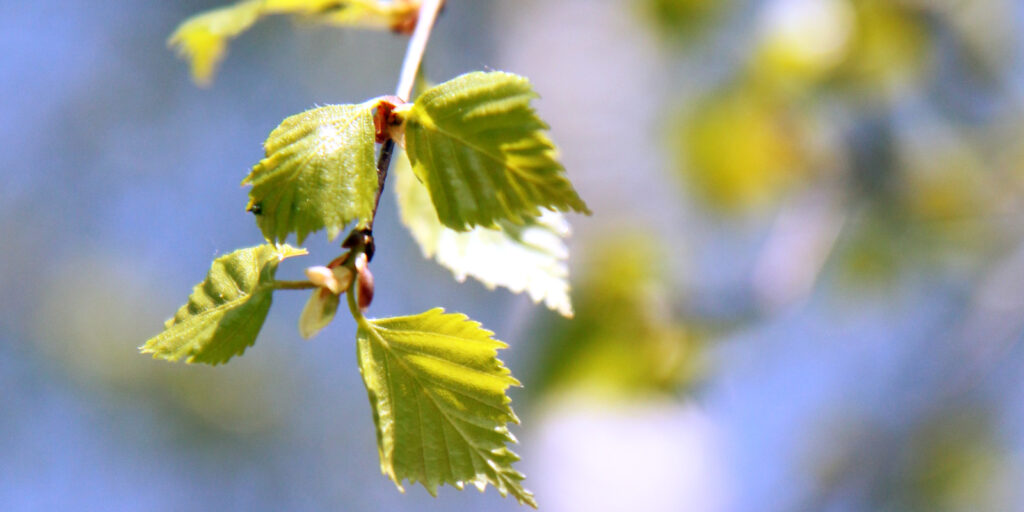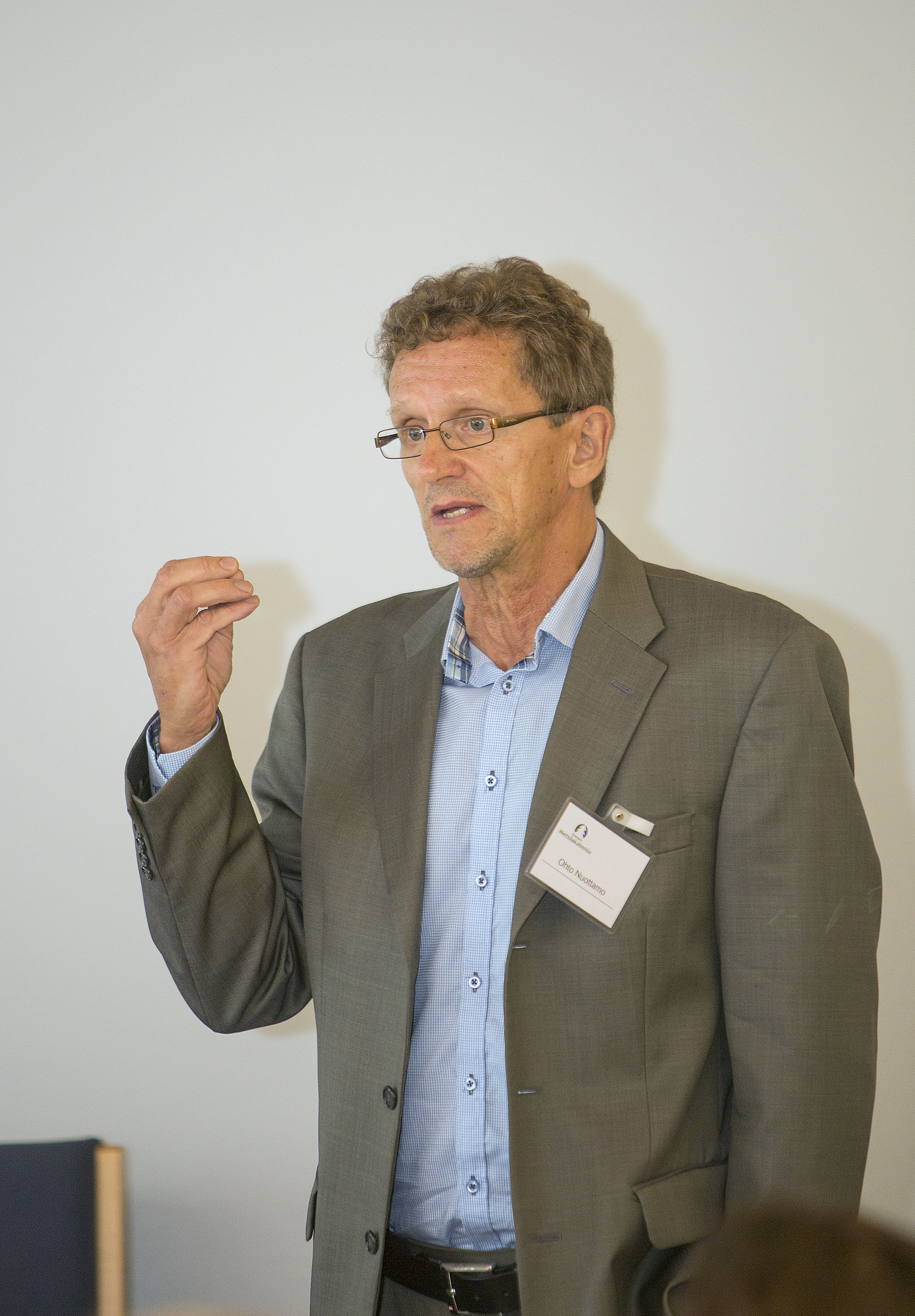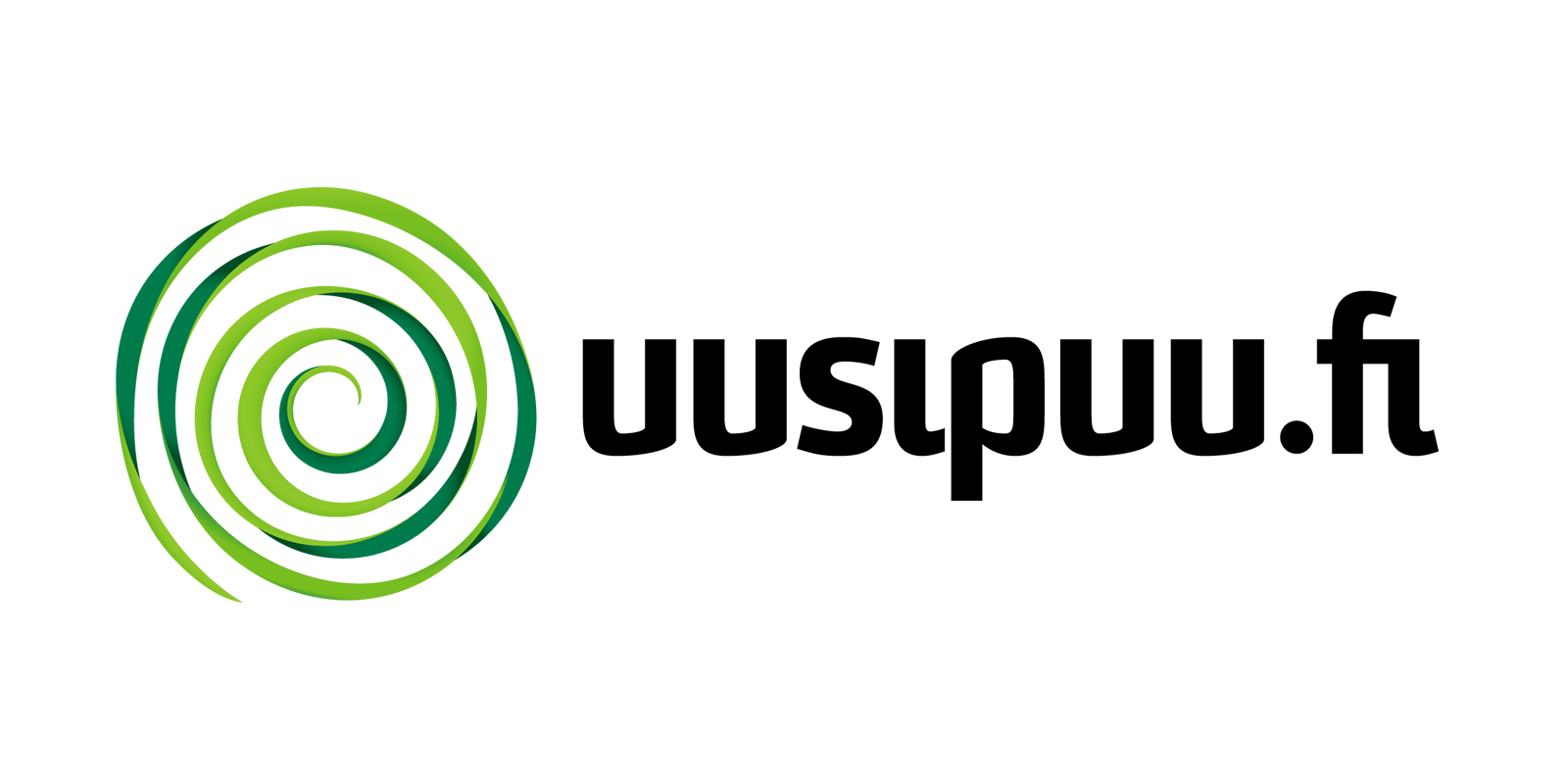Project New Tree tells what bioeconomy already is

A Finnish contest launched today aims to showcase examples of wood using bioeconomy which are in use already. The target is to create new value networks.
The contest launched by New Tree project tries to show the solutions that modern, forest-based bioeconomy is able to offer for the society. The solutions sent to the contest are evaluated on the basis of scarcity of resources, urbanization, changes in human population structure, digitalization and awareness of the consumers.
However, all forest-based bioeconomy is not included in New Tree. “Production of printing papers, wood construction as well as bioenergy are well-known already. This is why New Tree concentrates on the rest of the forest-based bioeconomy, which so far has been in the shadow,” says Mr. Ohto Nuottamo, head of the steering group of New Tree and packaging specialist at the Stora Enso.
What does this rest then consist of? To a great extent it is packaging, but in addition to this, textiles based on dissolving pulp, medicines and other products of biochemistry.
It also establishes new cooperation, where one speaks of value networks instead of value chains. For those wishing to create a better world, bioeconomy offers by striving for circular economy, where one’s waste is another’s raw material.

Better, more cost-effective and ecological packaging is an answer to the needs of single-person households, the amount of which is in the increase, and for reducing the waste of food. Primary production of bioeconomy, agriculture and forestry, offers job opportunities in the countryside, keeps the countryside inhabited and thus, mitigates urbanization, which is one of the largest problems of our time – and in general, offers sustainable and renewable well-being.
The wide scope of the project can be described foe example by the 20 stakeholders behind its foundation. Along with traditional forest industries there are representatives of packaging industries, research communities and food industry. On the long run the target is to continuously show the benefits of bioeconomy.
Not even modern bioeconomy is known
When speaking of bioeconomy, one often concentrates on the promises of the future. However, this does not come by itself. We do not “move” to bioeconomy, we have to construct it.
This can be made only based on the present. And as to the share of bioeconomy staying in shadows, this present is known poorly.
Forest industry in Finland has traditionally had the ability to think big. “But this is something that our decision-makers lack,” says Nuottamo.
“Take biochemistry, for example. It does not belong to their vocabulary, although bioeconomy is getting there. They speak of options but they do not know the present,” says Nuottamo.
For example, the fierce competition between different materials generally is not known in Finland. The basic conception is that everybody thinks that wood-based packaging is good. “This is why we have not considered the conditions for our product to succeed and what this requires for us,” says Nuottamo.

Small changes in the world market are an enormous opportunity. If McDonald’s and Dunkin Donuts would substitute their polystyrene packages with cardboard in North America – as McDonalds has done in the rest of the world – this change alone would need half of the capacity of one cardboard machine.
Or, if the global market share of cardboard in packaging would increase by just one percent unit, it would demand two times the capacity of the present Finnish cardboard industry.
On the other hand, domestic market absolutely is not enough for us. Even if we built the frames, facades and inner drapings of all new Finnish living flats of timber, the growth of the wood needed in this for one year would take less than one 24 hours in our forests. Thus, the future of Finnish forest bioeconomy can be only in export.
The quality is already at the top
If you want to make a valuable package, you usually make it out of cardboard. Cardboard industry produces high-end packages for valuable products, such as high brand alcohols, cosmetics and cigarettes.
“We have millions of tons of capacity to do this in Finland. But the high value of the products is generally not understood here. However, known alcohol and cosmetic brands are very sensitive, when it comes to packaging,” says Nuottamo.
The wood fibre package is a good choice, because it is superior as to the other features, too. Its material is renewable, it is biodegradable, light and recycleable – and mostly recycled as well. It is a perfect solution for the packaging needs of increasing web shopping, for example.
According to Nuottamo’s observation, these strengths are not known satisfactorily among the “own people”. This is why one important target group of New Tree are the ones already now working in the bioeconomy.
New Tree also tells to the other branches of economy, what the benefits of renewable and recycleable raw materials are. “We strive to ensure that we are, as a nation, able to utilize the options offered by global changes in a sustainable way,” says Ms. Liisa Mäkijärvi, Executive Director of Finnish Forest Foundation, the sponsor of the New Tree project.
Concreteness by the contest
Solutions using wood as a raw material can participate in the New Tree contest. There may be one or more stakeholders behind the suggested solution. The solution must be commercially viable. When evaluating the suggestions, the jury will emphasize the societal significance and innovativeness of the suggestions.
There will be no prizes in the contest. The jury consists of the expert group of New Tree, where also politicians are represented, but only one representative of the forest sector.
The suggestions can be sent until the 6th of December, 2014. The winners will be published at the end of January, 2015.

Kirjoita kommentti